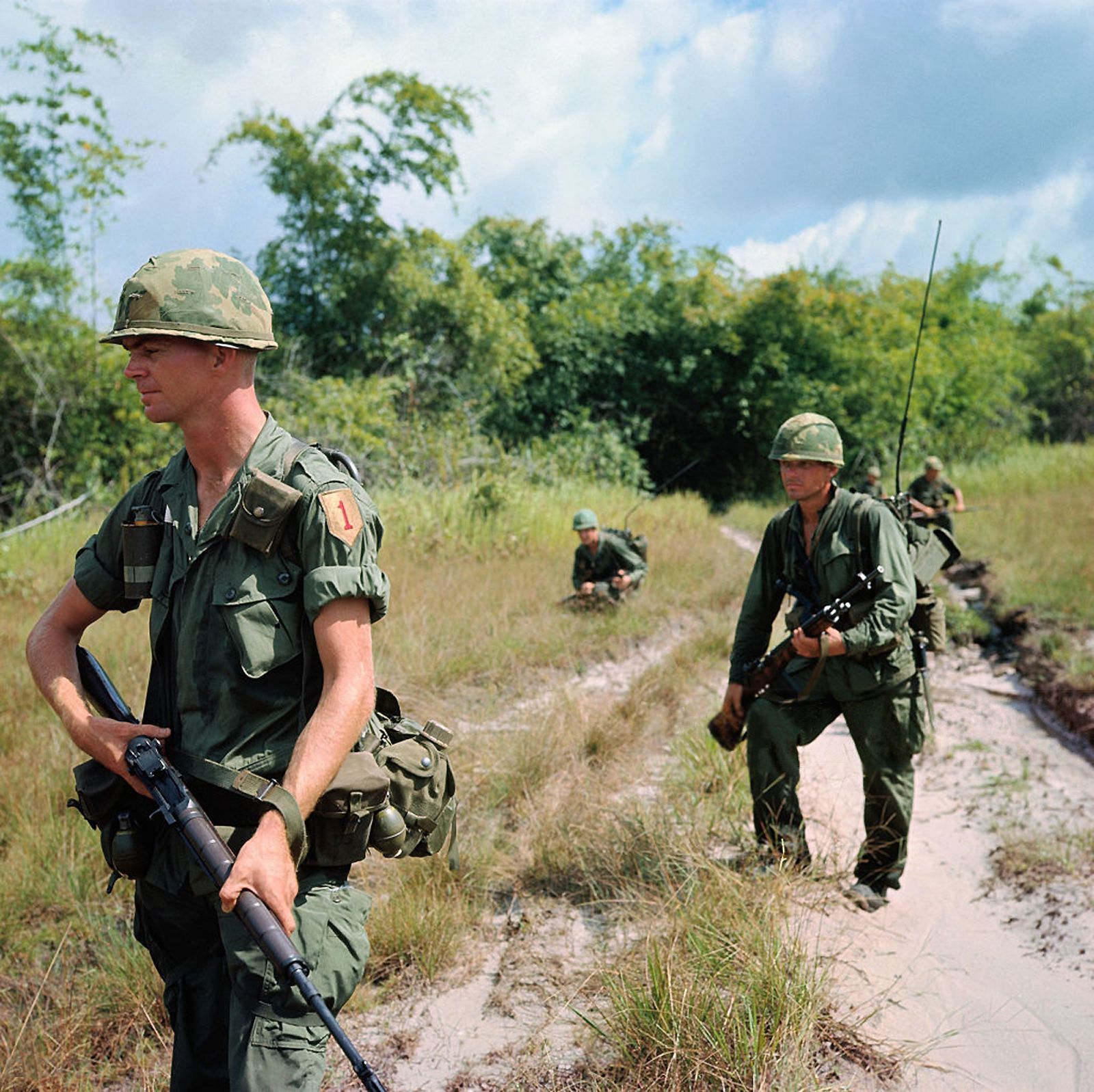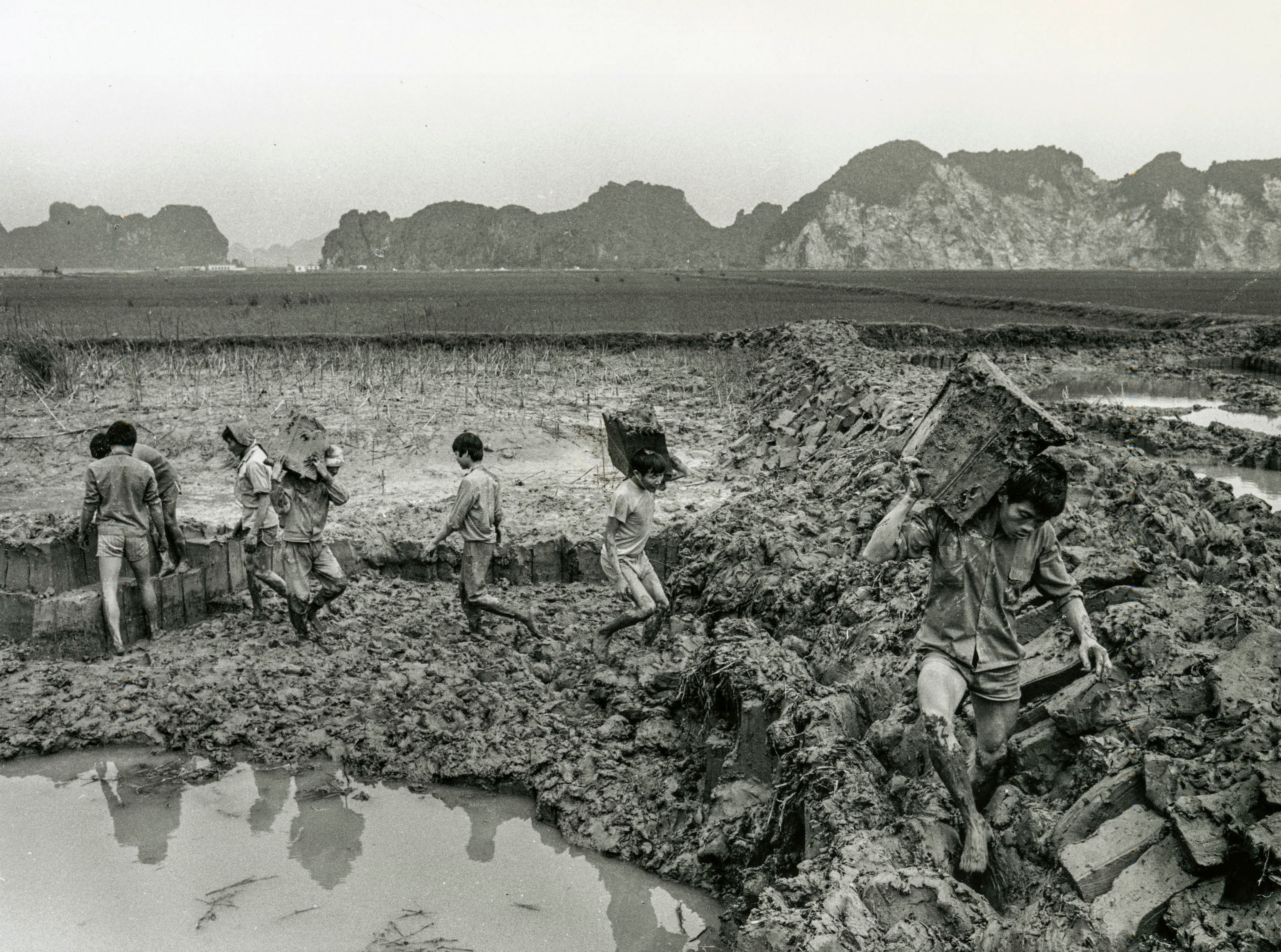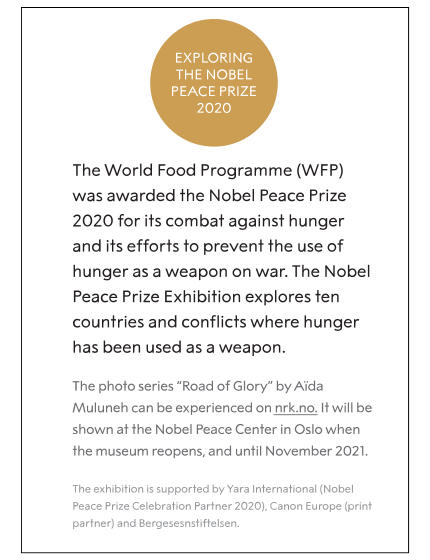VIETNAM: War and hunger hand in hand
Vietnam’s land is among Asia’s most fertile, with vast rice fields, especially in the South. Still, the Vietnamese people experienced several hunger crises throughout the past century, largely caused by war. The widespread starvation in 1944-1945 took the lives of half a million people in northern Vietnam.
“This famine was completely unneccessary, and the war was its sole cause”, explains professor Stein Tønnesson, researcher at PRIO. “There was plenty of rice in the south that could have fed the starvind population in the north, but the rice never reached them. The Japanese confiscated rice for their troops, while the Americans bombed the railway and the ships that could have transported the rice. The French, who ruled Vietnam up until 1945, prioritised securing food for their own troops, and did little to prevent the famine".
"Rice was burned as fuel in the South, while people died of starvation in the North."
The Indo-Chinese wars
The famine would become crucial to the communists who would later seize power, as they used it as a rallying cry.
The first Indo-Chinese war was followed by the second, better known as the Vietnam War, in 1955. The United States gradually increased their military presence in Vietnam through the 1960’s, and began using a new chemical weapon, which came to be known as “Agent Orange”, named after the color on the containers. Today, Agent Orange is associated with the deformities it causes in people exposed to the chemical, and their children. Agent Orange was classified as a weed killer, and was used in warfare to destroy crops and jungle. Crops were sprayed with the aim of demoralising the enemy, and the jungle was to be stripped to the bones, so the Vietnamese communists no longer had a place to hide.
The intentional destruction of agriculture and nature, which robbed hundreds of thousands of Vietnamese of their livelihoods, would become the origin of a new term: Ecocide – The destruction or extinction of an ecosystem.
The origins of the war
The most crucial question for the United States after the Second World War, was how to handle the Soviet threat, and the so-called “Domino theory” was rapidly gaining traction in U.S. foreign policy circles. According to the domino theory, preventing even a single country from falling into the communist bloc was paramount, as this was likely to motivate other countries to follow suit. President Harry Truman (1945-53) had already taken blame for “losing China”, when Mao Zedong established the Chinese People’s Republic on his watch. For the Presidents who came after Truman, losing another country to communism could mean a political nightmare.
Vietnam was part of French Indochina – a French colony – until 1954, when the French were driven out. Not long after, communist groups with Soviet support were growing, and building insurgent capacity. In the years that followed, South-East Asia became a growing threat to the United States – at least from the U.S. point of view. According to the domino theory, a communist Vietnam could very well mean that the entirety of South-East Asia in its entirety would end up under Soviet influence. And in such a scenario, the thought of an entire Asian continent within the communist sphere of influence was not unlikely, for those who subscribed to domino theory. The United States could not let the Vietnamese domino fall.
The American presence was gradually increased, first with intelligence personnel and military advisors, before more and more conventional troops were sent to Vietnam through the 1960’s.
The havoc of Agent Orange
Agent Orange was first used in 1962, after President John F. Kennedy had given it his blessings. The poison was soon viewed as a great success, as the spraying proved to be highly effective. Up until 1971, when the use of Agent Orange was discontinued, around one sixth of the Vietnamese land area had been sprayed. Accounts from American military advisors tell of a landscape “looking like it was torn apart by an angry giant” and mashed into a “gray porridge”. The chemical warfare inflicted massive damage to the landscape, and led to food shortages and greater poverty in parts of rural Vietnam. The infrastructure that supported food production – dams, embankments and irrigation systems, was also damaged by conventional bombing throughout the war. This impaired agriculture in the country for decades after the war ended.
In the past three decades, Vietnam has enjoyed staggering economic growth. For various reasons, the food supply actually worsened after the war, but since the early 1990’s, Vietnam has made great strides in the eradication of poverty and hunger. The World Food Programme (WFP) had large projects in Vietnam, and helped feed the population. They offered “food for work” to workers reconstructing the damaged infrastructure, like the workers in this picture from the Ha Nam Ninh-province in 1993. These public works were important to securing function water systems and crop yields in the future, while at the same time feeding the workers and their families.
In the year 2000, the WFP could celebrate a milestone in Vietnam: there was no longer a need for their aid, and the organisation could finally withdraw. Vietnam was quickly becoming a middle-income country, and was heading into the future at full speed.
LISTEN TO HISTORY
VIETNAM IN THE NOBEL PEACE PRIZE EXHIBITION 2020
The Nobel Peace Prize Exhibition 2020 explores the work of Nobel Peace Prize laureate 2020, The World Food Programme, and how food is used as a weapon of war. Artist Aïda Muluneh has created a photo series with ten images, illustrating ten countries an conflicts where food has been used as a means of power. Vietnam is one of them.
The photo illustrating Vietnam is called "Rain of Fire", named after the spraying of chemical weapons over the land. "The farmers were victims of a senseless war and had no choice but to watch as the skies rained fire” says artist Aïda Muluneh.
Share:


